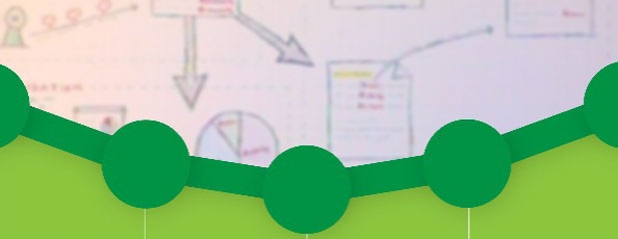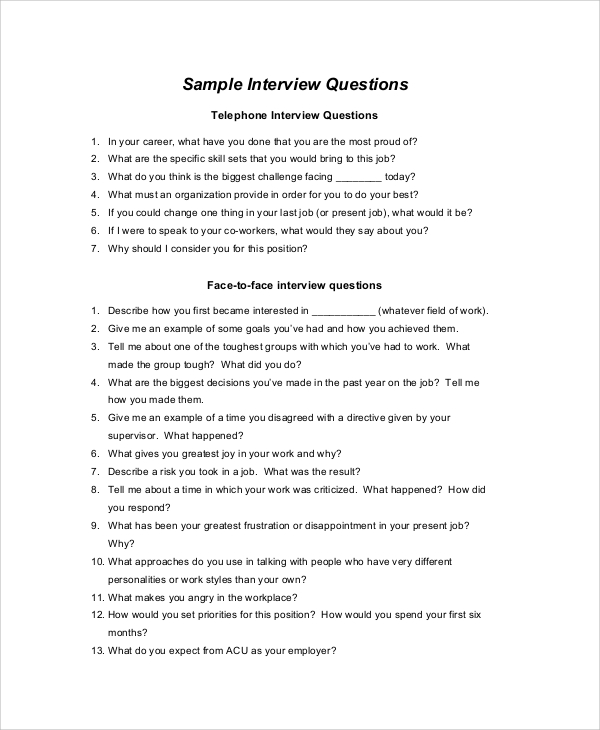
What areas of SAS are you most interested in?ĭescribe 5 ways to do a "table lookup" in SAS.Ī) Match Merging, Direct Access, Format Tables, Arrays, PROC SQL I am not sure what you mean different structures. How would you combine 3 or more tables with different structures?Ī) I think sort them with common variables and use merge statement.

What other SAS features do you use for error trapping and data validation?Ī) Check the Log and for data validation things like Proc Freq, Proc means or some times proc print to look how the data looks like. How do you debug and test your SAS program?Ī) First thing is look into Log for errors or warning or NOTE in some cases or use the debugger in SAS data step. What is a method for assigning first.VAR and last.VAR to the BY groupvariable on unsorted data?Ī) In unsorted data you can't use First. If you were told to create many records from one record, show how you would do this using arrays and with PROC TRANSPOSE?Ī) I would use TRANSPOSE if the variables are less use arrays if the var are more.

What is the different between functions and PROCs that calculate the same simple descriptive statistics?Ī) Functions can used inside the data step and on the same data set but with proc's you can create a new data sets to output the results. What are some good SAS programming practices for processing very large data sets?Ī) Sort them once, can use firstobs = and obs = , of the variables later labels all that kind of info inside the dataset and you can look at that info using proc contents procedure. Following the data step then you can avoid the usage of the run statement.Ī) SAS is considered self documenting because during the compilation time it creates and stores all the information about the data set like the time and date of the data set creation later No. Identify statements whose placement in the DATA step is critical.ĭoes SAS 'Translate' (compile) or does it 'Interpret'?Ī) When SAS editor looks at Run it starts compiling the data or proc step, if you have more than one data step or proc step or if you have a proc step. How do you control the number of observations and/or variables read or written?Īpproximately what date is represented by the SAS date value of 730? Why is a STOP statement needed for the POINT= option on a SET statement?Ī) Because POINT= reads only the specified observations SAS cannot detect an end-of-file condition as it would if the file were being read sequentially. What do the SAS log messages "numeric values have been converted to character" mean? What are the implications?Ī) It implies that automatic conversion took place to make character functions possible. What is the effect of the OPTIONS statement ERRORS=1?Ī) The –ERROR- variable ha a value of 1 if there is an error in the data for that observation and 0 if it is not.

What is the one statement to set the criteria of data that can be coded in any step? SAS interview questions and answers,SAS tutorials for freshers beginners and experienced pdf free download.


 0 kommentar(er)
0 kommentar(er)
